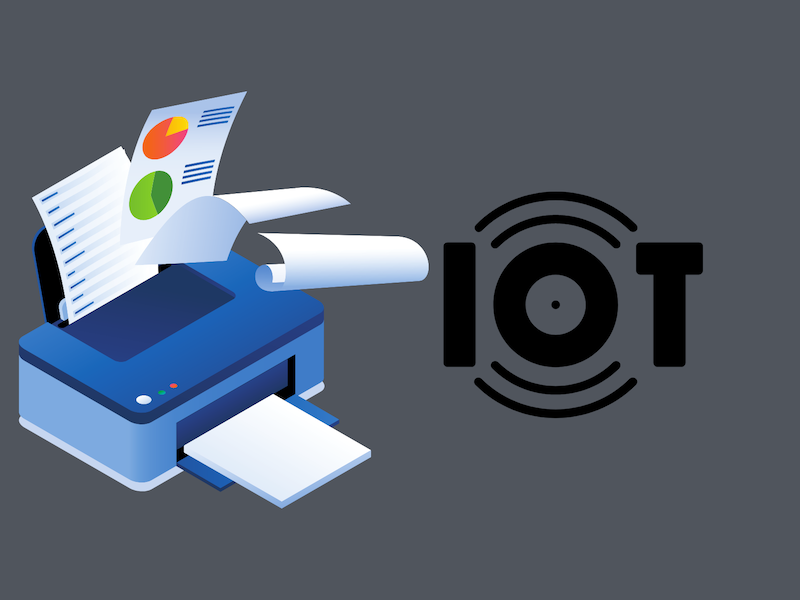
In today’s society, technology has been changing at an unprecedented pace. When you consider that tablets sales are now about to overtake the combined sales of desktops and laptops, it becomes apparent. The logistics and retail industry, which includes fleet management, vehicle and asset tracking and much more has not been left out either in the move towards a more technological future.
Emerging mature markets like Kenya and other African countries are now part of this growth strategy. It is now the standard to go international and the logistics and service providers like Safetrac Limited, a leading Kenyan based telematics provider have a role to play in enabling this trend through the transportation network. We are looking at trends like Globalization, a tech-survey workforce, consumer behaviours, patterns of growth and cloud technology.
In fact, a recent report by Transparency Market Research (TMR) on the global IoT fleet management market found that smartphone integrated real-time data is driving demand for fleet management services worldwide. The study notes that an increasing number of transportation companies are integrating their tracking and monitoring, routing, fuel management and remote diagnostic processes using mobile technology. This clearly tells you how technology is growing and the defining effect it is having in the logistics and retail industry.
The advent of these technologies has made it possible for automobiles for example to seamlessly connect to smartphones, and provide emergency roadside assistance as well as real-time traffic alerts. For the retail industry, businesses are able to monitor individual goods using simple technology.
For vehicle owners, local companies like Safetrac Limited utilize superior technology that delivers accurate and robust tracking solutions. With IoT, these technologies are able to provide fleet operators with visibility into their vehicle location, fuel usage, speed and mileage and other insights into their mobile workforce.
‘’The IoT is made up of several smart devices such as sensors, mobile devices, and cameras, all of which make use of wireless technology to communicate with each other. Incorporating IoT with fleet management helps in managing fuel and labor costs, improving fleet maintenance procedures, maximizing dispatching and scheduling, increasing response times, and enhancing customer satisfaction.’’ Peter Echessah, CEO, Safetrac Limited says.
‘’Capitalising on investments in tracking technologies should therefore be a top priority for fleet managers and suppliers.’’ Peter adds.
Why should businesses invest in tracking technologies?
For vehicle owners, tracking technologies can help them optimize their fleet in a number of ways, with features ranging from basic route planning to monitoring driver behaviour, integrating with packing and deliveries, maintenance scheduling and much more. These technologies are capable of analyzing the driving style and providing comprehensive feedback to both fleet managers and drivers in real time.
Early versions of these technologies only provided route planning and compliance, but modern versions now come with add-on features including temperature monitoring, fuel monitoring, audio communication among others.
Data instruments are fitted on vehicles, the data is then transmitted to a control or communication center. This data is usually in form of the location coordinates they receive from GPS Satellites, telemetric information (such as temperature, vehicle location etc) from the connected sensors via GSM/GPRS network. The incoming information is then compiled by means of special software and recorded in a data bank.
‘’This data can be used for predictive analysis, such as predicting traffic which can help drivers identify and avoid congested roads and potential hazard. Information on vehicle speeding, or harsh deceleration or idling without ignition off, fuel levels can be used to tell a story about what’s happening on the road. This gives fleet owners or drivers the ability to know if there are traffic jams ahead and gives them time to correctly pick an alternative route. While GPS location on a smartphone is providing speed and location information like Google Maps, combining data such as fuel levels, temperature opens up other possibilities for safety such as alerting drivers on vehicle fuel levels.’’ Mr.Echessa says.
For the retail sector, theft of valuables is always major problem especially for small businesses. Depending on the size of the business, tracking technologies should therefore be among their top never-ending list of all the tools and technologies in their business wish list. With these technologies, businesses can use GPS technology to monitor the location of assets. These assets could either be fixed or movable, often both.
The technologies, like assets tracking systems streamlines the monitoring, managing, and allocating of physical assets using barcodes or asset tags which are affixed to a physical asset and scanned by bar-code readers or smartphones. Individual assets are assigned a unique identification number making it easy to identify the location of a specific asset. The tags beacon their location ID which can then be picked up by the readers (smartphones). Once the reader picks up the asset and locator IDs the data is then sent to the cloud – identifying asset seen at the location of the time-stamp.
The barcode label eliminates the need for manual documentation and data entry and the asset tracking therefore eliminates much human error that can result in mistakes that can delay workflow that will end up interrupting the supply chain.
Frequent reports generated from all these technologies are not only relevant but also present the information about your vehicle or asset in a manner that is easy for you to consume, understand and put to use.
The Transparency Market Research (TMR) report also found out that the demand in the global IoT fleet management market will escalate at a highly impressive CAGR of 20.0% during the forecast period of 2017 to 2025. It evaluates that the IoT fleet management market, across the globe, was worth merely US$3,340.0 mn in 2016, and estimates it to reach a valuation of US$15,870.0 mn by the end of the forecast period.
Bottom line, there is a need for innovative technological solutions to secure and ensure the continued growth of the logistics and retail industry and many businesses with large supply chains.


